Rising Demand in Nutraceuticals
The sialic acid market is witnessing a notable increase in demand from the nutraceuticals sector. Sialic acid is recognized for its health benefits, including immune system support and cognitive function enhancement. As consumers become more health-conscious, the demand for functional ingredients in dietary supplements is on the rise. The nutraceuticals market in the US is expected to reach approximately $300 billion by 2025, with sialic acid playing a pivotal role in this growth. This trend suggests that the sialic acid market will continue to expand as manufacturers seek to incorporate sialic acid into their product formulations to meet consumer preferences for health-oriented products.
Expansion of Research Activities
The sialic acid market is experiencing a boost due to the expansion of research activities in various scientific fields. Academic institutions and research organizations are increasingly focusing on the biochemical properties of sialic acid, exploring its potential applications in areas such as cancer research, immunology, and infectious diseases. This heightened research interest is likely to lead to new discoveries and innovations, thereby driving demand for sialic acid. Funding for research in the US is projected to increase, with federal and private investments supporting studies that could enhance the understanding of sialic acid's role in health and disease. Consequently, the sialic acid market stands to gain from these advancements as new applications are identified.
Increasing Applications in Biotechnology
The sialic acid market is experiencing growth due to its expanding applications in biotechnology. Sialic acid is crucial in the development of biopharmaceuticals, particularly in the production of glycoproteins and monoclonal antibodies. These biopharmaceuticals are increasingly utilized in therapeutic treatments, which has led to a surge in demand for sialic acid. The biotechnology sector in the US is projected to grow at a CAGR of approximately 7.4% from 2025 to 2030, indicating a robust market for sialic acid. As research and development in this field intensifies, the sialic acid market is likely to benefit significantly from increased investments and innovations, further solidifying its role in the biopharmaceutical landscape.
Growing Interest in Personalized Medicine
The sialic acid market is likely to benefit from the growing interest in personalized medicine. As healthcare shifts towards tailored treatments, the role of sialic acid in drug formulation and delivery systems becomes increasingly relevant. Personalized medicine aims to optimize therapeutic efficacy based on individual patient profiles, and sialic acid's unique properties may enhance drug targeting and reduce side effects. The personalized medicine market in the US is projected to grow significantly, potentially reaching $2 trillion by 2030. This growth indicates a promising future for the sialic acid market, as pharmaceutical companies may increasingly incorporate sialic acid into their personalized treatment strategies.
Regulatory Support for Biopharmaceuticals
The sialic acid market is positively influenced by regulatory support for biopharmaceuticals in the US. Government agencies are increasingly providing frameworks that facilitate the development and approval of biopharmaceutical products, which often utilize sialic acid in their formulations. This regulatory environment encourages innovation and investment in the biopharmaceutical sector, leading to a higher demand for sialic acid. The US biopharmaceutical market is expected to grow to over $500 billion by 2025, indicating a substantial opportunity for the sialic acid market. As regulations continue to evolve, the market for sialic acid is likely to expand in tandem with the growth of biopharmaceuticals.


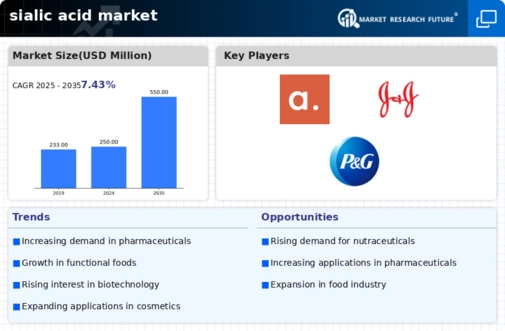
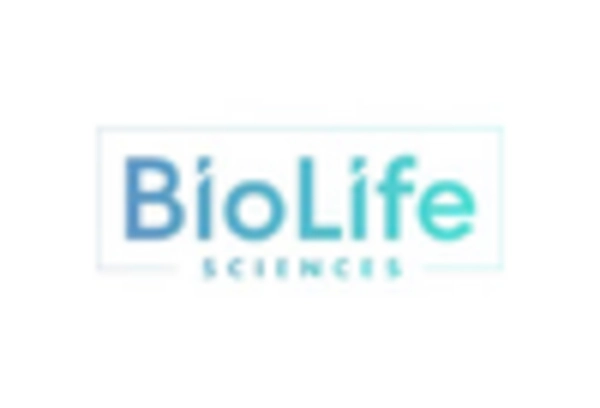
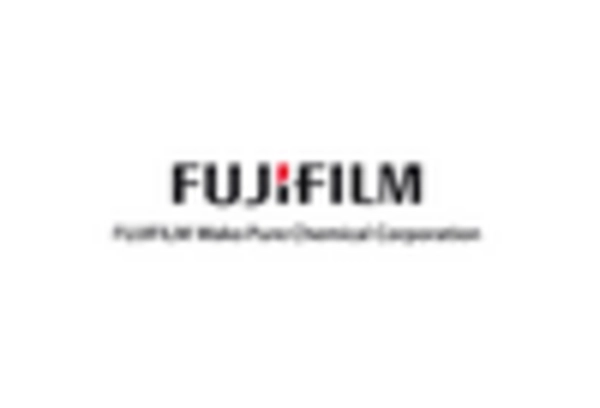
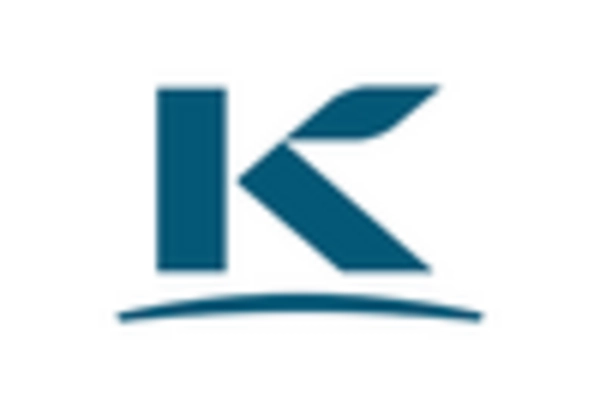

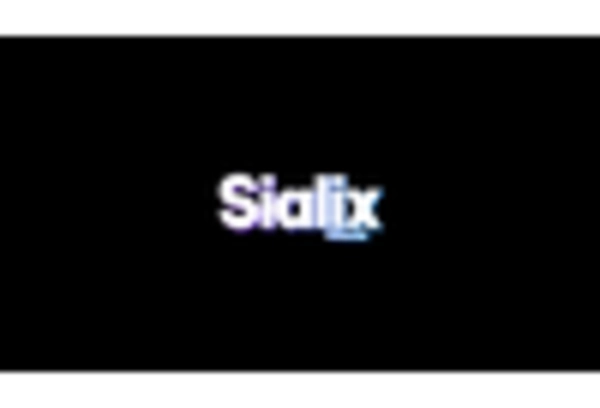









Leave a Comment